As someone who loves RPGs and visual novels, I’ll always remember a good story. However, something that sticks out even more in my mind is when developers find ways to enhance a player’s experience through creative game mechanics.
The following features were so monumental the first time I encountered them that I can tell you exactly when and where I was, and I’ll bet you can too if you’ve played the games they’re from.
8
Enemies Throwing Grenades Back at You – Half-Life
Half-Life is a game that doesn’t require an introduction. It was revolutionary when it came out due to its many innovative mechanics, but one of the most universally praised was the AI. Characters acknowledged your presence when you were around them and would even direct you to your next objective if you seemed stuck.
This in and of itself was mind-blowing, but what I found most impressive was how enemies reacted to me in combat. In particular, I’ll never forget the first time I threw a grenade at an enemy soldier, just for it to immediately be thrown back at me. I was so confused, all I could do was watch it land near me as it exploded and I died.
Until that point, video game enemies had let me do whatever I wanted, and I’d steamroll them. Now, I had to consider both my actions and my surrounding environment so I wouldn’t be caught off-guard if they threw grenades back at me again.
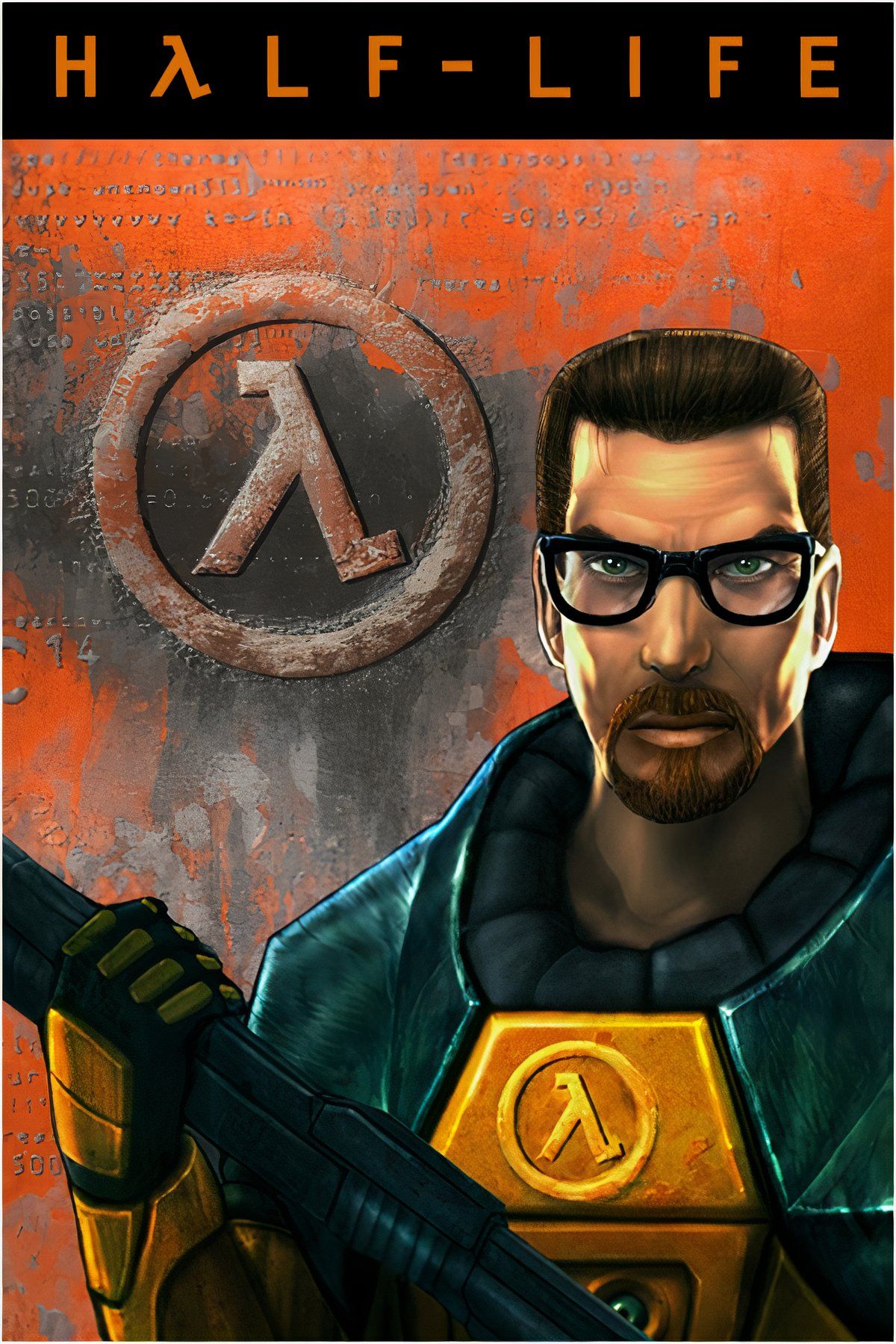
Half-Life


- Released
-
November 19, 1998
- ESRB
-
M for Mature: Blood and Gore, Intense Violence, Language
- Developer(s)
-
Valve
- Publisher(s)
-
Sierra Studios
- Engine
-
goldsrc, source
7
Bullet Time – Max Payne
Many of us were blown away by the action sequences in The Matrix, particularly where slow-motion was utilized. Luckily, it didn’t take long for video games to incorporate the idea, with Max Payne being the first one to do so.
Even today, going through Max Payne is an unforgettable experience due to its comic book narrative and some unexpectedly frightening scenes for a non-horror game. Nonetheless, Bullet Time is its true claim to fame. When activated, Bullet Time slows time down for everyone except Max, who can aim and react in real time. It’s a finite resource, so you can’t constantly spam it, but you can replenish its gauge by killing enemies, with headshots regenerating a bit more.
For lack of better phrasing, Bullet Time really was ahead of its time. It turned what was average gunplay into spectacles you’d only behold in movies, which made every encounter unique and satisfying. If you enjoy the slow-motion mechanics in the Red Dead series and Grand Theft Auto V, you have Max Payne to thank for it.
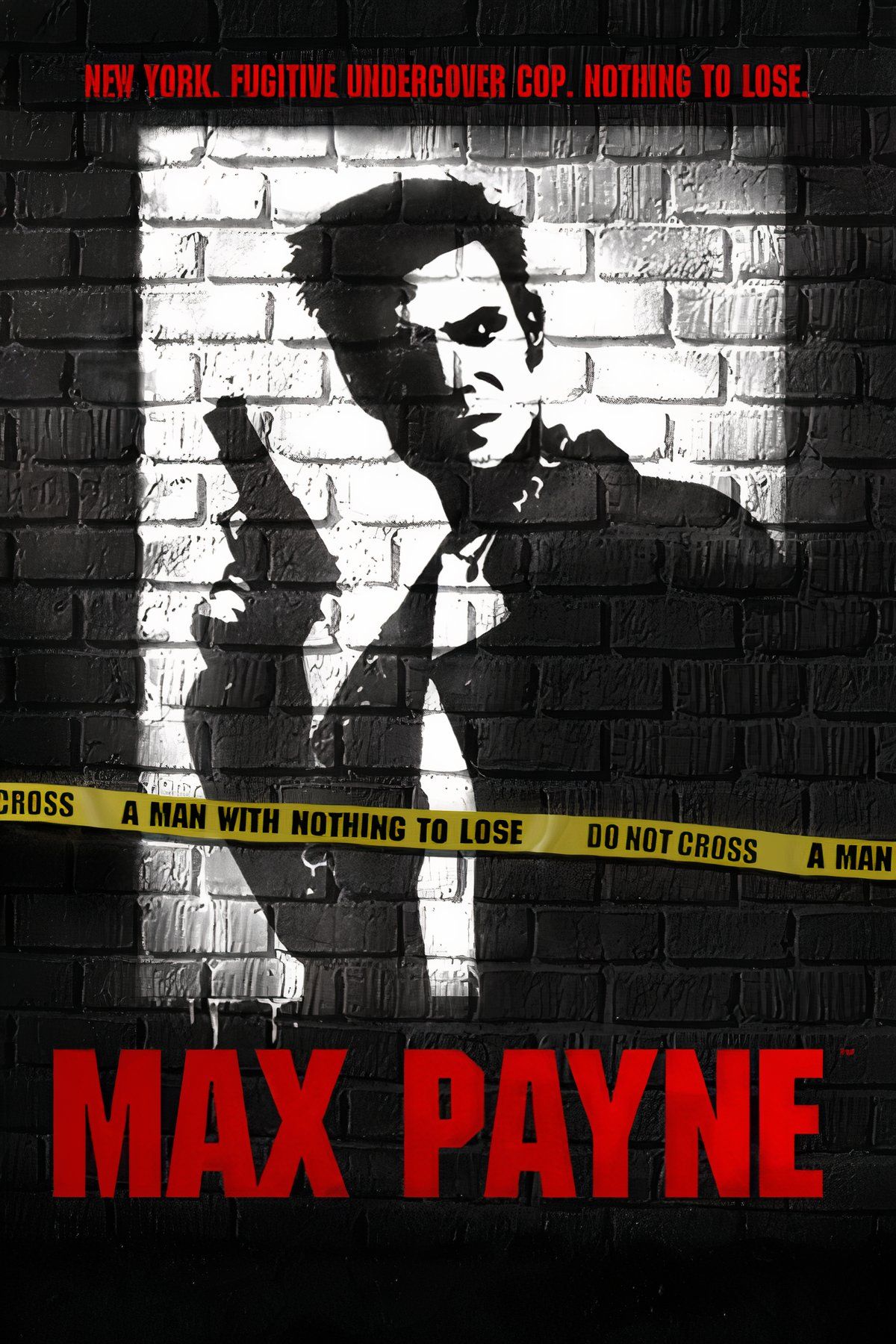
Max Payne
- Released
-
July 23, 2001
- ESRB
-
M For Mature 17+ due to Blood, Violence
- Developer(s)
-
Remedy Entertainment
- Publisher(s)
-
Gathering of Developers
6
Nemesis System – Middle-earth: Shadow of Mordor
Even if you’ve never played Middle-earth: Shadow of Mordor, you’ve likely heard of the incredible Nemesis System, something that, sadly, was patented and is now being wasted.
The best way to describe the Nemesis System is that enemies both react to your actions and remember them. For instance, if you kill an orc with a specific strategy or weapon, it may come back later immune to the weapon or with a method of countering your previous tactics. Orcs are also randomly generated with their own name, appearance, personality, and method of fighting, so the Nemesis System essentially guarantees all of your playthroughs are different.
I remember being genuinely impressed when I first saw an orc taunt me after he killed me, then saying he knew I had come back for revenge. Death isn’t just something that resets the game, it’s incorporated and acknowledged, which is an awesome concept. I cannot stress enough what an absolute travesty it is that Warner Bros. patented the Nemesis System and then did nothing with it.
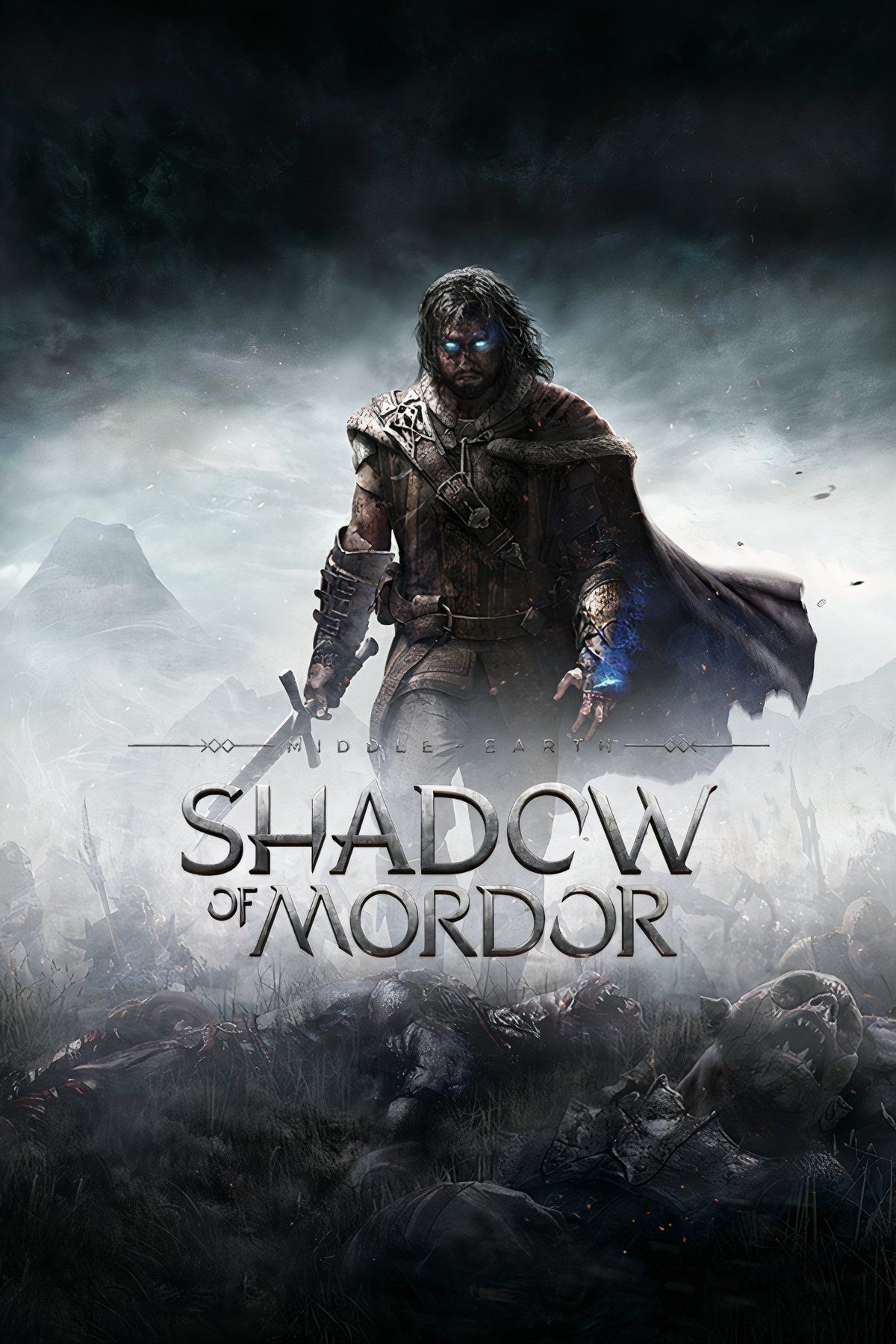
Middle-earth: Shadow of Mordor
- Released
-
September 30, 2014
- ESRB
-
M for Mature: Blood and Gore, Intense Violence
- Developer(s)
-
Monolith
- Publisher(s)
-
Warner Bros. Interactive
5
Portals – Portal
As someone who mains the Sorcerer Supreme in Marvel Rivals, I’m no stranger to portals in video games. Long before Marvel Rivals though, Portal introduced the concept, and anyone who played it certainly remembers how trippy it was.
The premise of creating portals to go from one point to another is simple enough, but Portal‘s implementation of it was something else. Rather than serving solely as a method of teleportation, the game’s puzzles had to be solved by using them ingeniously. If you needed an item that was far away from you, you could set two portals and run through them to pick it up, or you could put a portal under the item and have it come to you.
Portal made you feel so smart when you progressed, and the variety of ways to do so was truly a revolutionary concept.
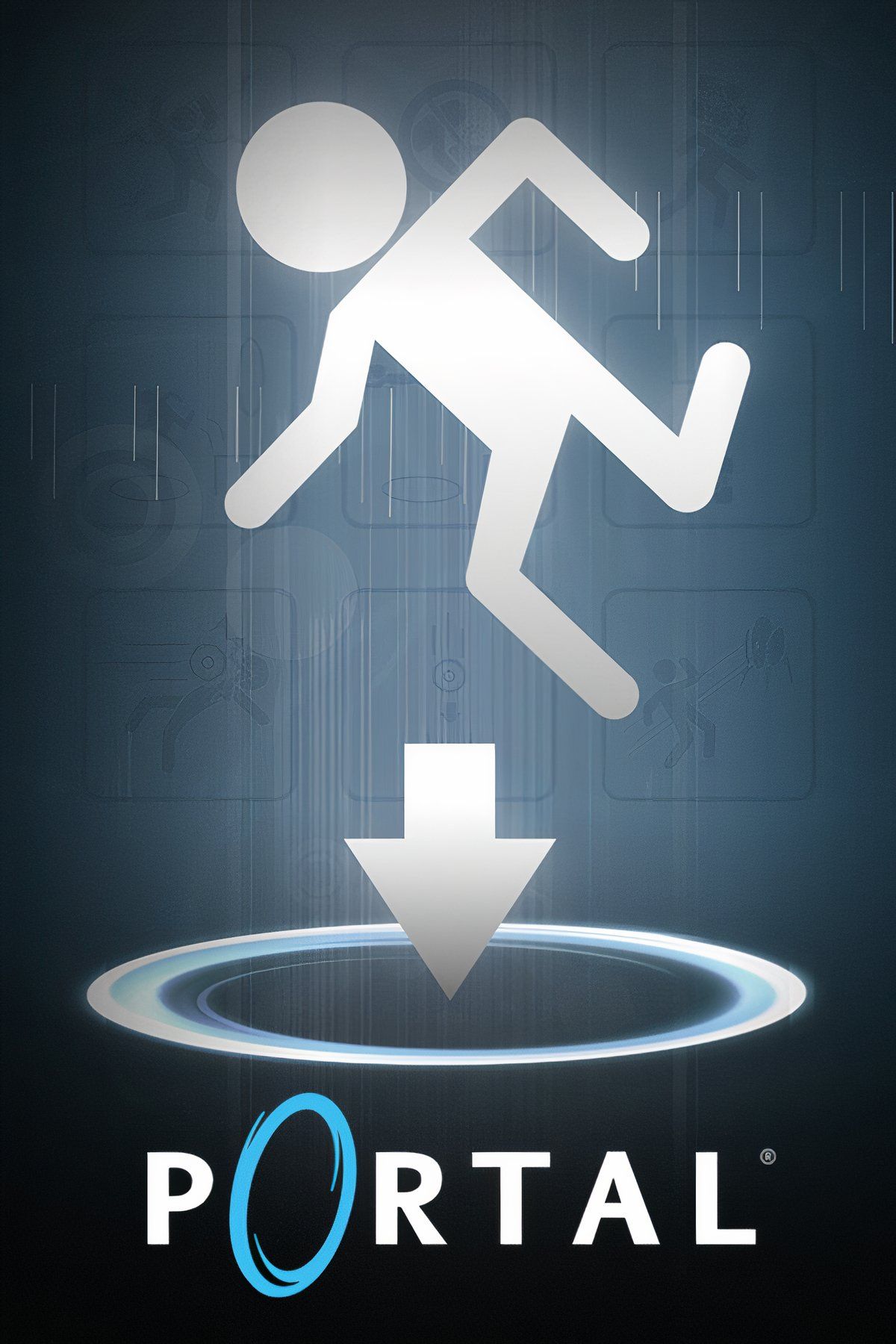
Portal
- Released
-
October 10, 2007
- ESRB
-
t
- Developer(s)
-
Valve
- Publisher(s)
-
Valve
- Engine
-
Source Engine
4
3D Web-Swinging – Spider-Man 2
Okay, so 3D web-swinging technically appeared first in Spider-Man for the PlayStation, but Spider-Man 2 (the one based on the movie) perfected it.
Plenty of games had mechanics that involved swinging from ropes, webs, and the like, but Spider-Man 2‘s was next level. When you web-swing in that game, momentum, the angle of the web, and when you choose to let go all have profound effects on how you move. This culminates in a gratifying mechanic that takes a lot of skill to master. When you perfected web-swinging in Spider-Man 2, you truly felt like Peter Parker zipping around New York.
I remember for months, every time my parents would visit a store with a demo of the game, I would lose myself swinging around the city. I do think the modern Insomniac Spider-Man games also nail web-swinging, but Spider-Man 2 laid the groundwork.

Spider-Man 2 (2004)
- Released
-
June 28, 2004
- ESRB
-
T for Teen
- Developer(s)
-
Treyarch
- Publisher(s)
-
Activision
- Engine
-
Insomniac’s
The previous entries were all mechanics I found impressive, but Psycho Mantis knowing what games I played in Metal Gear Solid legitimately freaked me out.
Psycho Mantis already has a disturbing introduction to his boss fight when he controls Meryl and tries to force her and Snake to kill each other. After Snake knocks her out, Psycho Mantis reveals himself and begins to read Snake’s mind to demonstrate his power. When I fought him, he commented on my progress throughout the game, which isn’t all that special, but then he mentioned me liking Castlevania, and followed up by asking if I liked Konami games.
This happened late at night and I was tired, but that woke me up immediately. It messed with me so much that when I woke up the next day, I honestly didn’t know if I imagined it or not. Plenty of games since then grant you bonuses if they detect save data from certain games, but to have someone in-game call them out, especially in the creepy way Psycho Mantis did, disturbed me.
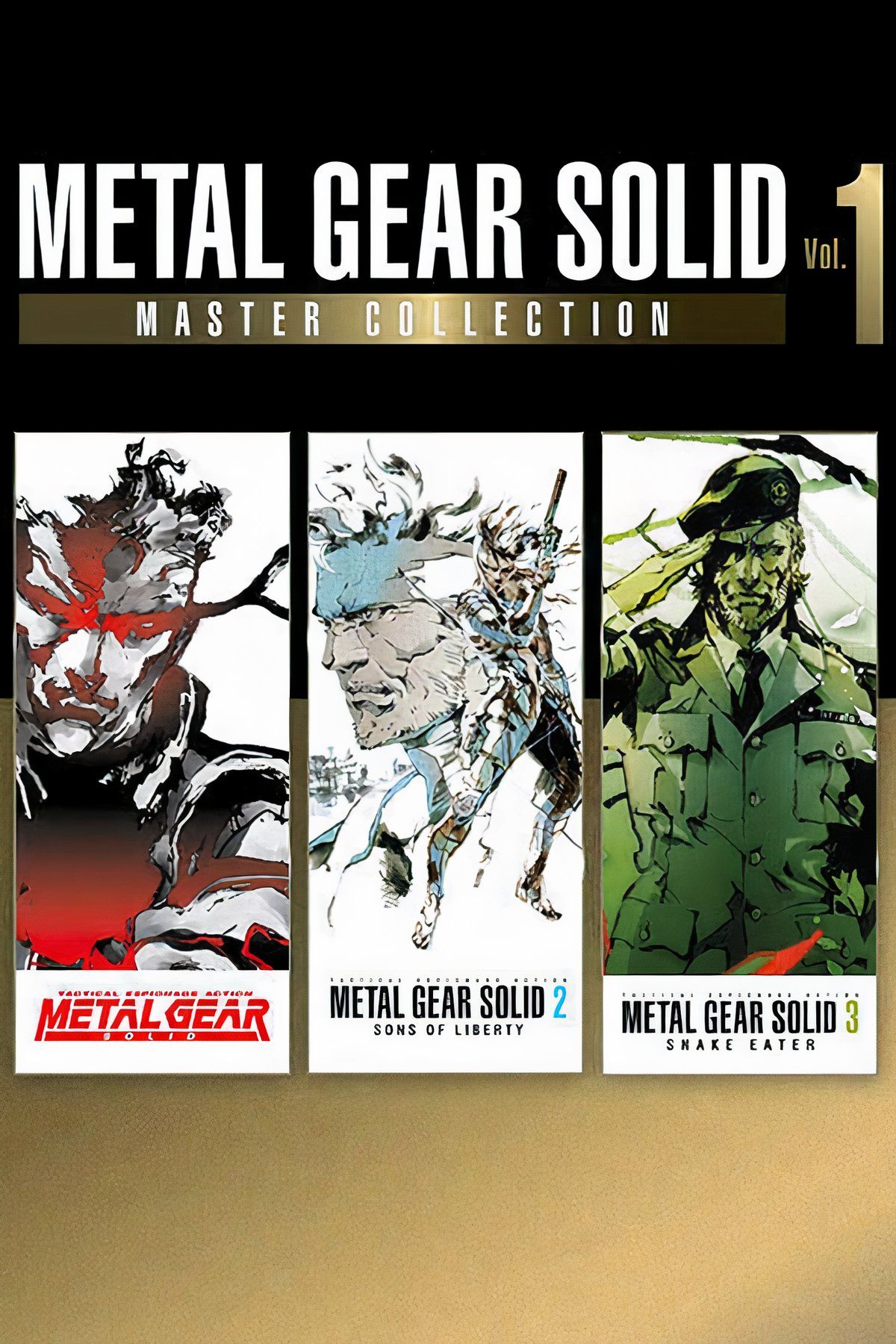
Metal Gear Solid: Master Collection Vol. 1
- Released
-
October 24, 2023
- ESRB
-
M For Mature 17+ Due To Blood and Gore, Drug Reference, Partial Nudity, Sexual Themes, Violence
- Developer(s)
-
Konami
- Publisher(s)
-
Konami
The Metal Gear series never ceases to amaze me with its incredible attention to detail. Metal Gear Solid 3: Snake Eater is no exception, and something that still blows my mind today is how it’s possible for The End to die of old age when fighting him.
I had no idea this could even happen, and it was all thanks to a friend going on vacation that I found out. It turns out he started the fight before his family took a trip for a few weeks. When he got back, he invited me over to take turns playing. We had trouble initially finding The End, but when we did, he was already dead.
We later learned if you begin the fight with him and wait one week in real time (or adjust your system’s internal clock), he will just die. What makes it even funnier is that Snake seems disappointed when he calls Zero and reports The End is dead. Hilariously enough, you can also kill The End ahead of his boss fight while he’s in a wheelchair and Snake expresses a similar amount of regret.
If you’ve never had the joy of doing this yourself, despite Hideo Kojima not being involved, Konami seems keen to bring back Metal Gear Solid with Metal Gear Solid Delta: Snake Eater.
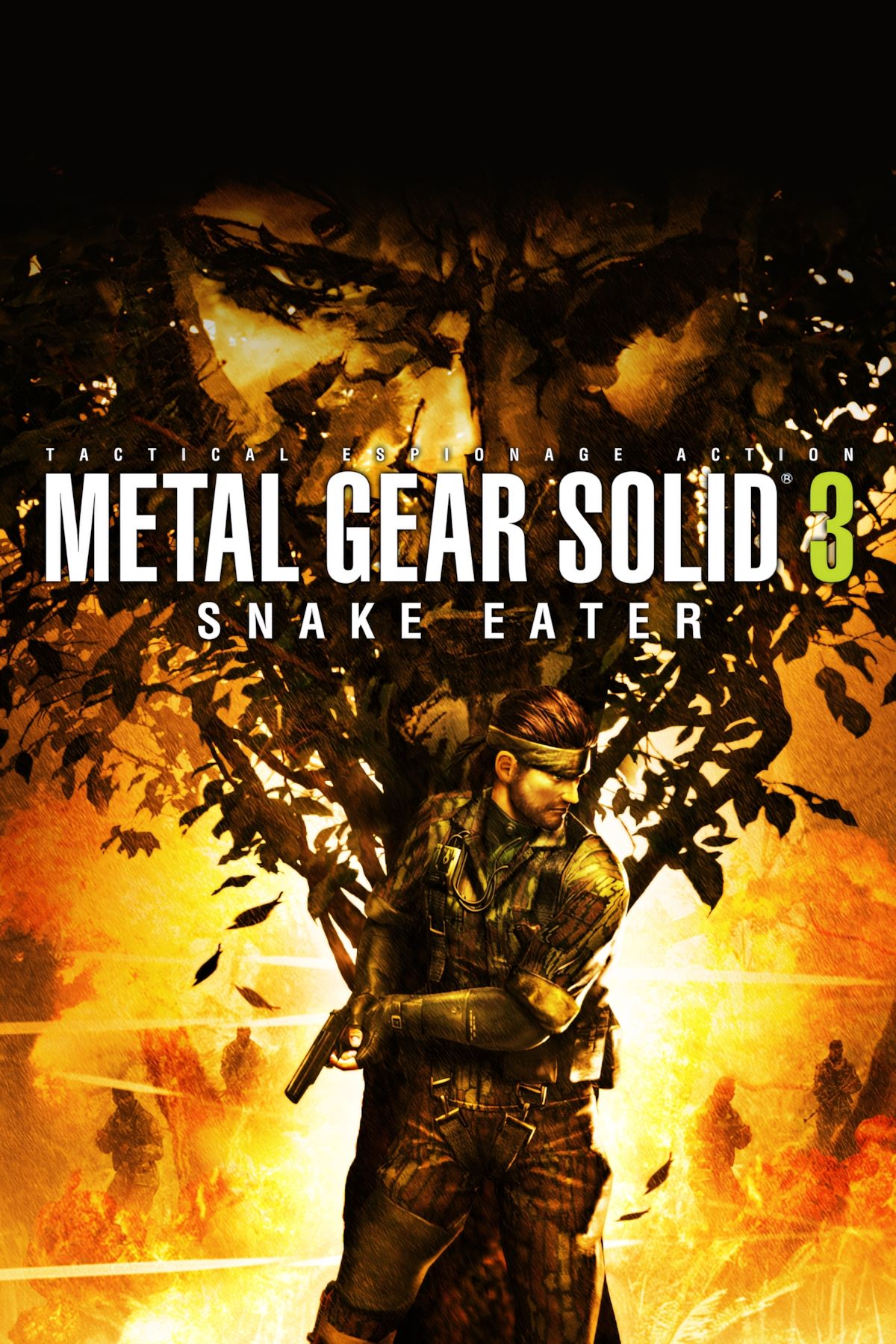
Metal Gear Solid 3: Snake Eater (2004)


- Released
-
November 17, 2004
- ESRB
-
M For Mature 17+ due to Blood and Gore, Intense Violence, Language, Sexual Themes
- Developer(s)
-
Konami
- Publisher(s)
-
Konami
- Engine
-
Unreal Engine 5
1
Sanity Meter – Eternal Darkness: Sanity’s Requiem
Eternal Darkness: Sanity’s Requiem is one of the most bizarre games you’ll ever play. Its sanity system affects your entire playthrough, meaning from start to end, I was constantly doubting everything that happened in-game.
This perpetual uncertainty was caused by the Sanity Meter, a gauge that fills and depletes based on certain actions. For example, seeing monsters or interacting with environmental objects may drain your sanity, which leads to Sanity Effects. These can be as odd as the room being upside down when you enter it, to as unnerving as it appearing like bugs are crawling on your TV screen.
I vividly recall one instance of me saving my game and a message asked if I was sure I wanted to delete all my save data. I naturally said no, but then the game told me it had erased all my save files anyway. As if that wasn’t scary enough, my TV screen went completely black at one point, and at another, a “Blue Screen of Death” occurred, making me panic and think my TV was malfunctioning.
The sanity system is so effective and convincing that even knowing about it isn’t enough to stop you from getting rattled. I’m not kidding when I say the more I played, the more I began to doubt my own sanity. I’ve had games elicit emotional responses from me, but never has one messed with my psyche more than Eternal Darkness: Sanity’s Requiem.
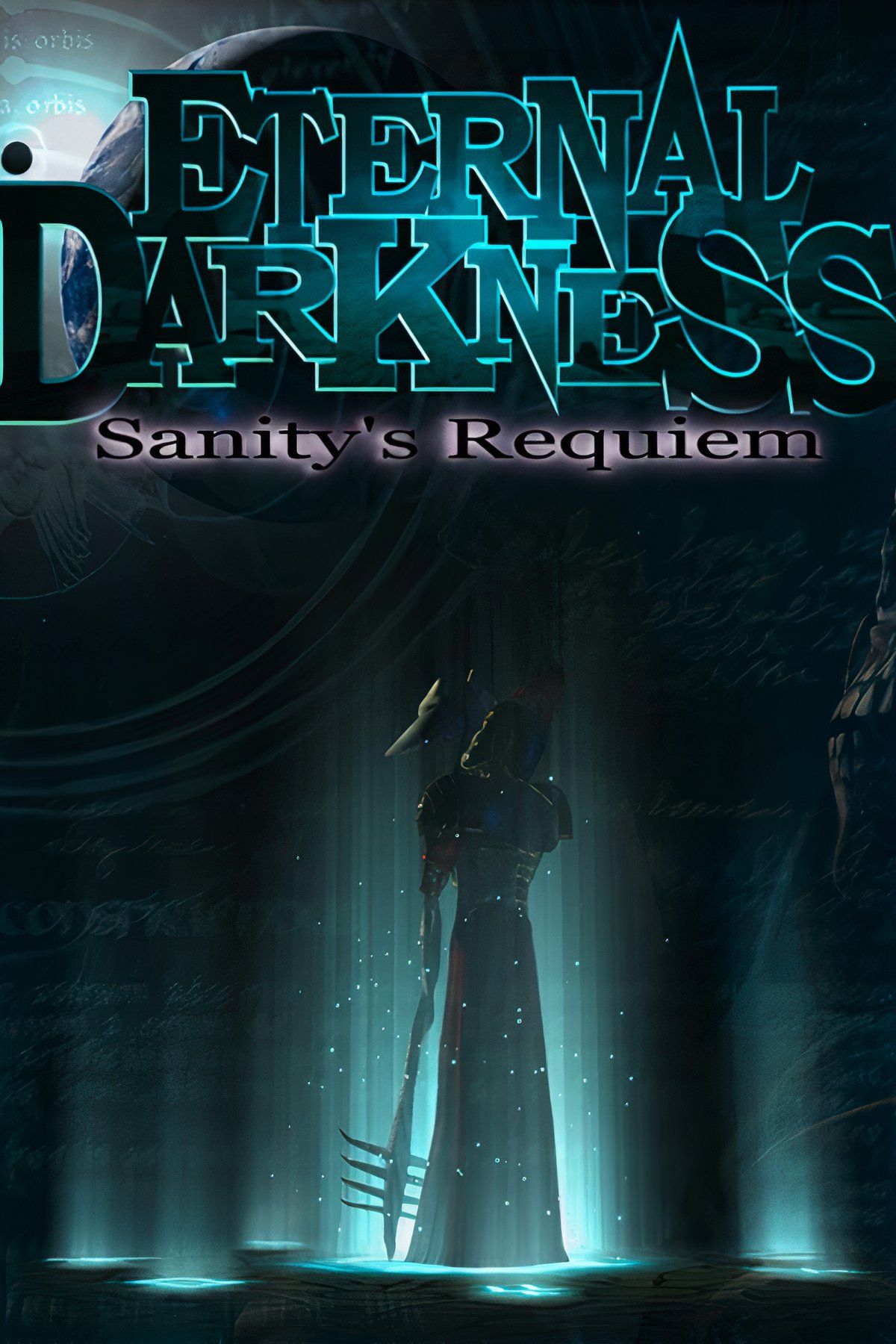
Eternal Darkness: Sanity’s Requiem

- Released
-
June 24, 2002
- ESRB
-
M For Mature 17+ due to Animated Blood and Gore, Animated Violence
- Developer(s)
-
Silicon Knights
- Publisher(s)
-
Nintendo
Something I truly appreciate when playing games is how creative the developers can be, whether it’s including small details only the most observant will notice, or introducing game mechanics no one else thought of. Every feature I mentioned here innovated in some way, and no matter how much time passes, I will always remember the shock and awe I felt when I discovered them.










Leave a Comment
Your email address will not be published. Required fields are marked *